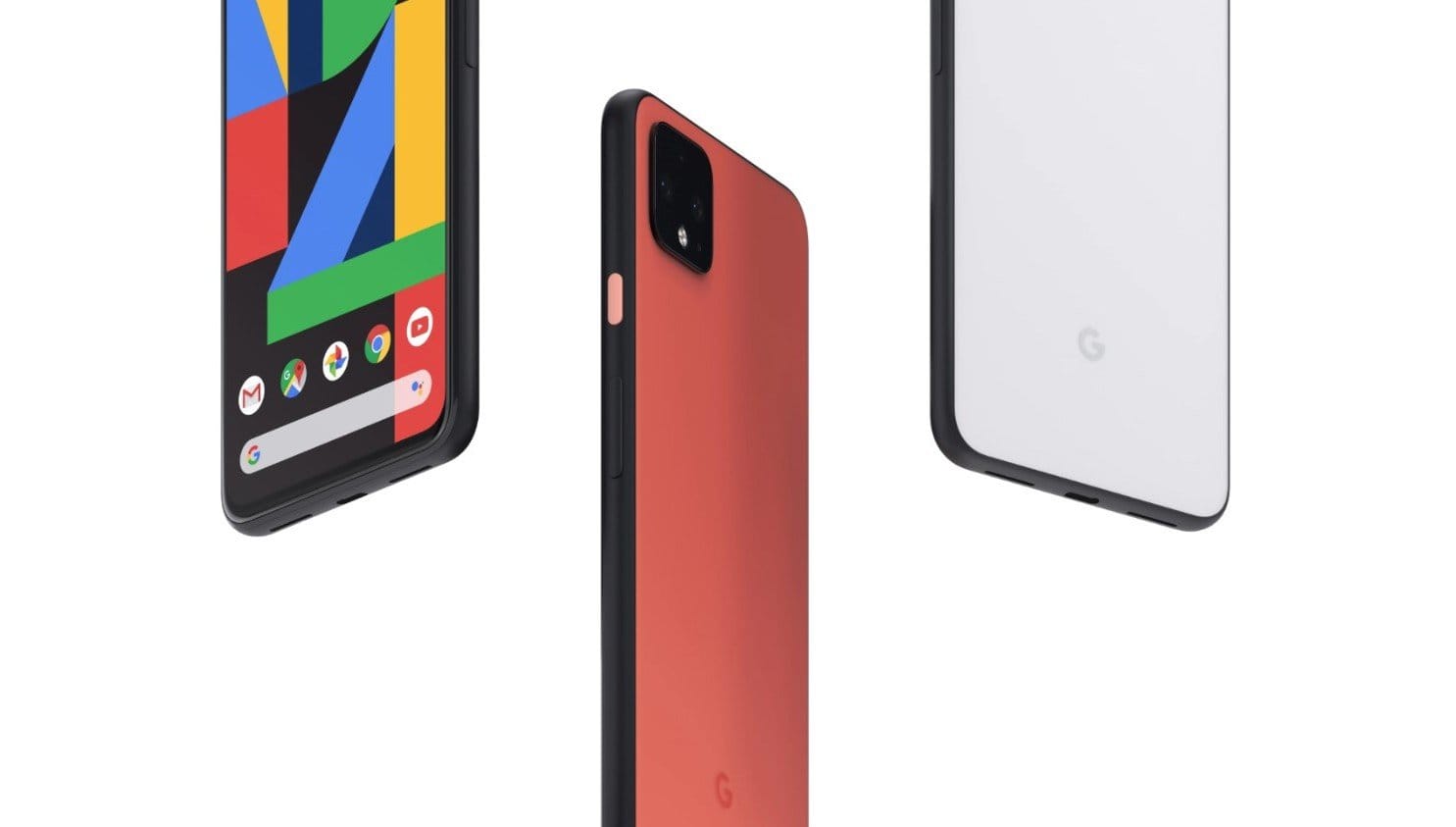Following months of rumors, speculation, and exhaustive leaks, Google has finally unveiled its 2019 flagships, the Pixel 4 and Pixel 4 XL. Like every other year, the American tech giant has stuck with its two-device model, bringing a cost-effective variant alongside an all-powerful device.
After facing a lot of heat for Pixel 3’s infamous bathtub notch, Google turned back the pages and has brought back big bezels in 2019. Advanced Face Unlock, Motion Sense-supporting Soli radar, and a powerful selfie camera have all been received graciously by users, but none of them can be considered as one of the striking features of the phone.
Pixel 4 also introduces something called Smooth Display, which, at least in our eyes, is one of the most highly-anticipated features. OnePlus 7 Pro, 7T, and 7T Pro have already made us accustomed to the 90Hz displays, and now, Google, too, has jumped on the bandwagon.
What is Smooth display on Pixel 4?
Google has a knack for branding its standout features, and Smooth Display is one such glorious example. As we all know, having a higher refresh rate directly results in better responsiveness and smoother transitions, making the device appear “smoother” than other smartphones with regular 60Hz displays.
So, to summarize, Smooth Display is simply a 90Hz P-OLED display that other OEMs like OnePlus have used too, but with a dash of Google’s marketing genius. There’s a bit of difference tho this though, while Google has opted for a P-OLED panel, OnePlus went with the AMOLED display.
Smooth display for Pixel 3/3a, Pixel 2 and Pixel
Well, being hardware, the Smooth display simply won’t be available for the older Pixels. While the customization that Google has done over the pure P-OLED display is a software tweak, you cannot expect even that customization on an older device.
In fact, whatever customization Google had to do with the display on older Pixels, it already did that when launching the device for the most part, except to solve issues via a software update.












Discussion